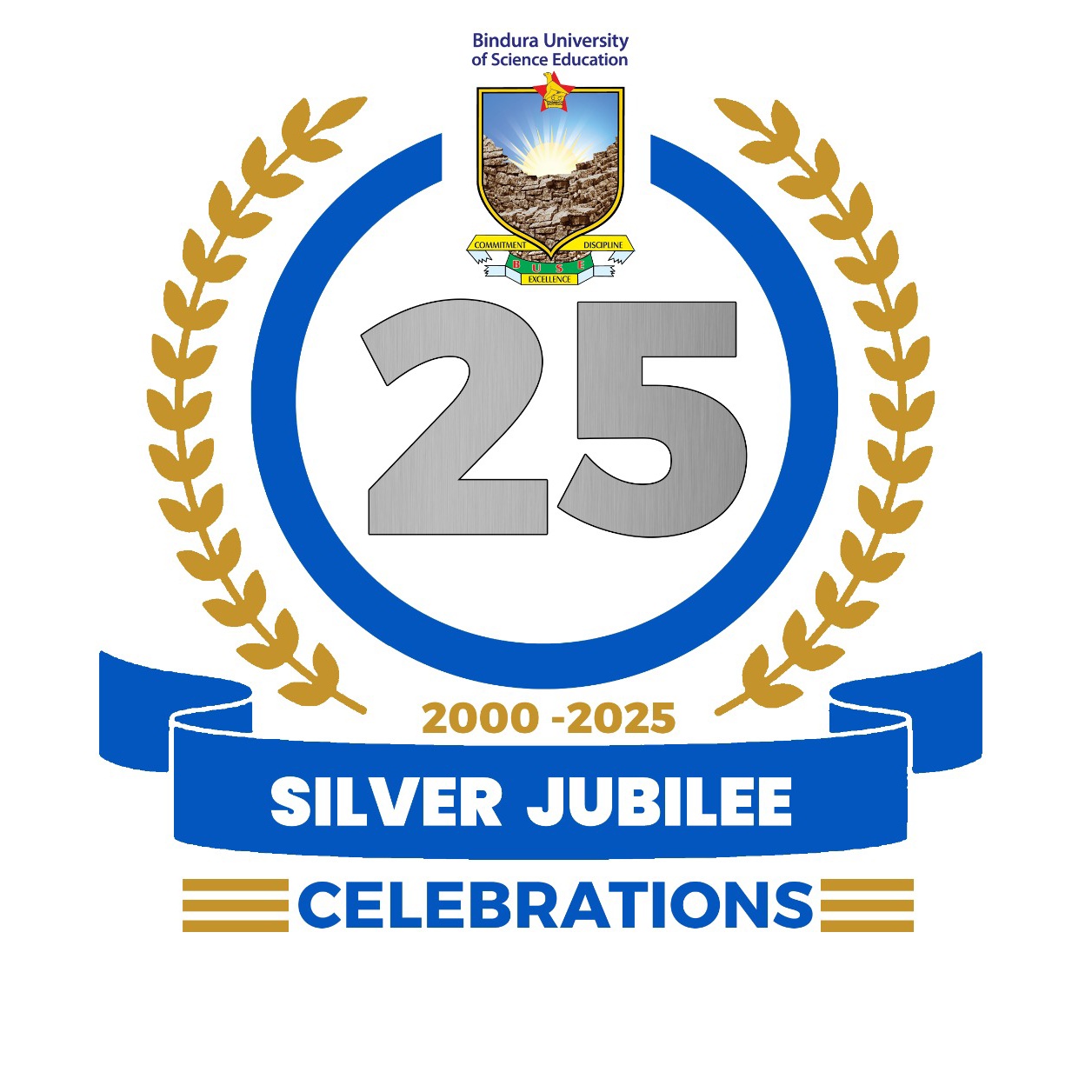Extraction and quantitation of flavonoids from local fruits and their utilization in yoghurt making.
- Author
- Mugwazi, Beven
- Title
- Extraction and quantitation of flavonoids from local fruits and their utilization in yoghurt making.
- Abstract
- Oxidative stress is generated when oxygen reactive species (ROS) build up in cells and tissues. Multiple diseases can be caused by oxidative stress, which can harm tissues and organs. Oxygen-containing molecules with an unbalanced number of electrons are known as free radicals. Free radicals can interact with other molecules quite easily because of their odd number of electrons. Free radicals can result in lengthy chemical chains in our bodies because of their tendency to interact with other molecules easily. Antioxidant molecules are those that can give an electron to a free radical while maintaining their own stability. The free radical stabilizes and becomes less reactive as a result. Flavonoids due to its capacity to both prevent the formation of free radicals and scavenge existing free radicals without making themselves unstable they act as antioxidants. This study was focusing on formulating an herbal yoghurt rich in flavonoids extracted from local fruits (strychnos spinosa, Fragaria vesca and Vangueria infausta) which can help to scavenge free radicals in our body. The fruits used was found from the local forest. From three different fruits chosen the one with better yield was used for the production of herbal yoghurt. Solvent extraction was used to isolate the flavonoids from the fruit pulp. Then separated by TLC, both analytical and preparative TLC. Fragaria vesca and strychnos spinosa extracts were used in analytical TLC. Strychnos spinosa yielded 2 spots with Rf of 0.78 and 0.92 while fragaria vesca also yielded 2 spots with Rf with of 0.49 and 0.90. The presenceof flavonoid was further confirmed by UV-Vis spectrophotometer, both the sample and the standard absorb at 385nm. Qualitative analysis was used to identify the presence of flavonoids within in the fruit extract. The results showed that there were flavonoids within the selected fruits. From the three local fruits, fragaria vesca was the one with high yield of 41mg/100g and was used for the yoghurt production. Vangueria infausta yield was 27mg/100g whilst strychnos spinosa had 33mg /100g. Antioxidant activity was investigated by means of DPPH free radical scavenging activity of the herbal yoghurt as a possible therapy for free radical related diseases and oxidative stress. The herbal yoghurt shows better scavenging activity closer to that of the standard. Quercetin was used as a standard and had percentage radical scavenging of 95.4 whilst the beverage had 94.9%. According to the results, herbal yoghurt can be considered a more cost-effective and safe way to control oxidative stress-related disease. The yoghurt's pH, colour, flavour, taste, and stability were evaluated as quality indicators. Fortifying yoghurt using flavonoids from local origin makes it a functional food to fight oxidative stress.
- Date
- 2023
- Publisher
- BUSE
- Keywords
- Extraction of flavonoids
- Quantitation of flavonoids
- Flavonoids
- Yoghurt making
- Supervisor
- Professor Dzomba, P.
- Item sets
- Department of Chemistry
- Media
-
 Chemistry Mugwazi B.pdf
Chemistry Mugwazi B.pdf
Part of Extraction and quantitation of flavonoids from local fruits and their utilization in yoghurt making.
